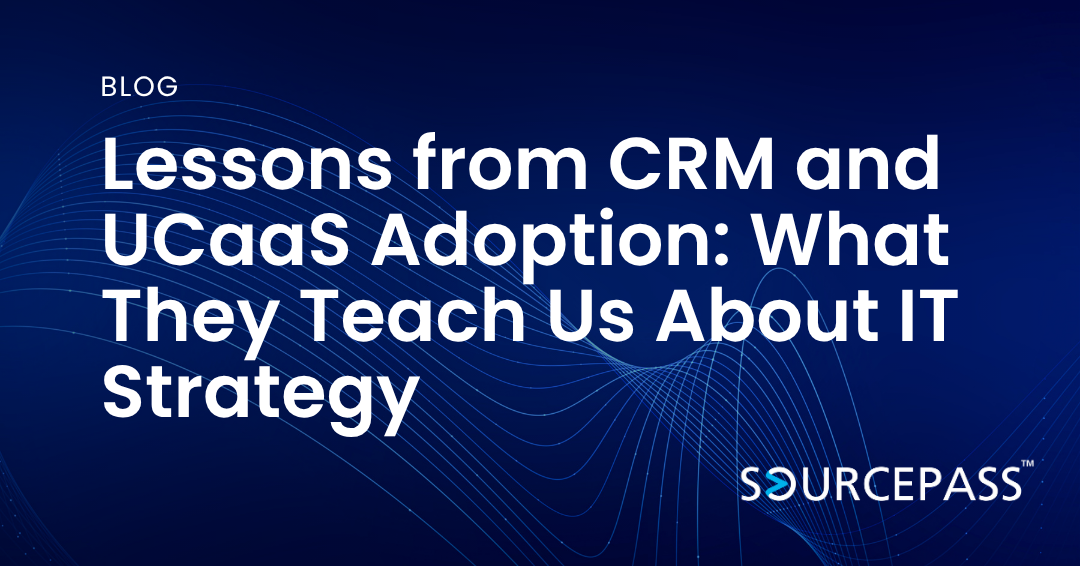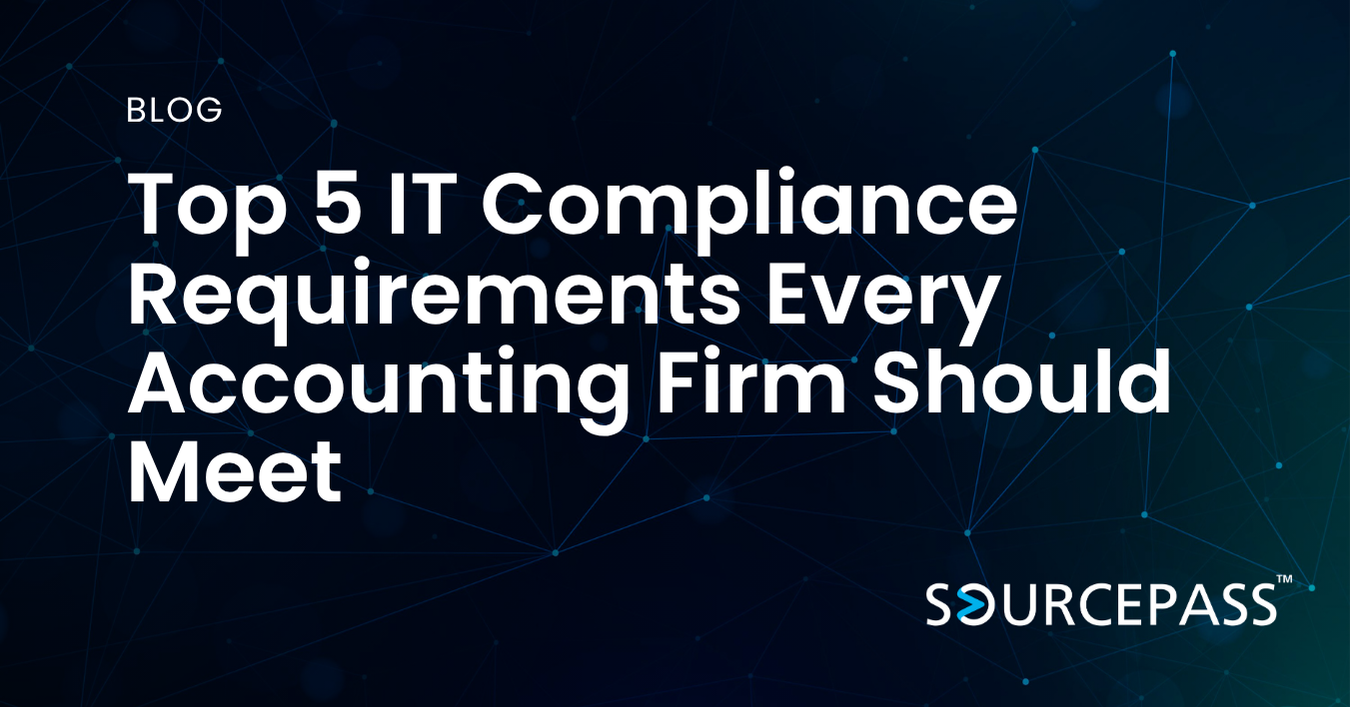Lessons from CRM and UCaaS Adoption: What They Teach Us About IT Strategy
Jun 19, 2025 Alex Davis Digital Transformation | Strategy & Modernization 2 min read



In the past decade, two major shifts reshaped the business technology landscape: the mass adoption of cloud-based Customer Relationship Management (CRM) platforms and Unified Communications as a Service (UCaaS) solutions.
These tools didn’t just replace outdated software—they transformed entire workflows, improved collaboration, and increased agility across sales, marketing, and operations.
So, why is IT infrastructure often still lagging behind?
If your organization has already embraced SaaS in other departments, your IT strategy should follow the same proven path. Here’s what CRM and UCaaS adoption can teach us about modernizing IT—and how to build alignment between technical and non-technical leaders.
1. SaaS Adoption Is a Business Strategy, Not Just a Tech Move
The rise of CRM platforms like Salesforce and HubSpot didn’t happen because IT pushed them—it happened because sales and marketing leaders needed better tools to hit their goals.
Similarly, UCaaS adoption wasn’t driven by desire to modernize phone systems—it was a response to the need for flexible, mobile-first communication that matched how people actually work.
Lesson for IT: Stop framing infrastructure changes as backend-only upgrades. Instead, show how IT transformations support business goals like growth, productivity, and security.
2. Usability and Accessibility Drive Adoption
CRM and UCaaS platforms succeeded because they made it easier for people to do their jobs. Cloud platforms offered:
- Simple user interfaces
- Anywhere access
- Easy onboarding
- Built-in integrations
When IT tools (like endpoint management, security platforms, or backup solutions) require complex workarounds or steep learning curves, adoption stalls and shadow IT creeps in.
Lesson for IT: Choose solutions that balance security and usability. If tools are too hard to use, employees will find workarounds—and that creates risk.
3. Standardization Enables Scalability
Before cloud CRMs, most companies managed contacts in spreadsheets or locally hosted databases. Every team had a different system, leading to data silos and duplicated effort.
Moving to a centralized CRM solved that—creating one source of truth, consistent reporting, and more scalable processes.
UCaaS did the same for communications: one platform to unify chat, voice, video, and mobile access.
Lesson for IT: You can’t scale on fragmented legacy systems. Standardized platforms create consistency, enable automation, and support future growth.
4. Cloud Doesn’t Mean Loss of Control
One of the earliest objections to SaaS was that cloud meant “losing control.” But business leaders quickly saw the opposite: more visibility, better uptime, stronger security, and vendor-backed compliance.
In CRM, leaders gained dashboards, activity tracking, and reporting. In UCaaS, they got admin control, real-time analytics, and built-in redundancy.
Lesson for IT: Cloud infrastructure, when implemented correctly, increases control—not reduces it. Focus on governance, access control, and vendor accountability to shift the conversation.
5. Internal Champions Accelerate Change
CRM and UCaaS adoption succeeded because department heads believed in the business value and became internal champions for the change.
IT strategy changes often fail because they’re perceived as purely technical or isolated from day-to-day impact.
Lesson for IT: Build cross-functional support. Frame IT improvements in terms of how they help HR, finance, operations, or sales work smarter—not just how they meet compliance standards.
6. You Don’t Need to Build It All Yourself
Few companies today would build a CRM from scratch. They don’t host their own email servers or develop custom phone systems. They understand that buying best-in-class SaaS gives them better tools, faster time to value, and less risk.
Yet many still try to build or patch together IT infrastructure internally—often with stretched teams and outdated tools.
Lesson for IT: Learn from CRM and UCaaS adoption. Outsourcing or partnering with the right IT providers is not a shortcut—it’s a strategic advantage.
Bringing It All Together: IT Is the Next SaaS Transformation
If your business has already made the leap to cloud-based CRM and communications, then your teams already understand:
- The value of simplicity and accessibility
- The risk of working in silos
- The importance of standardization and governance
- The ROI of speed and reliability
Now it’s time for your IT systems to catch up.
From cloud infrastructure and endpoint security to backup, compliance, and help desk support, your IT strategy should reflect the same modern, scalable, and business-aligned approach that made CRM and UCaaS successful.
Subscribe To
Sourcepass Insights
Sourcepass Insights
Stay in the loop and never miss out on the latest updates by subscribing to our newsletter today!
.png?width=500&height=100&name=White%20Logo%20-%20Transparent%20Tag%20(3).png)



